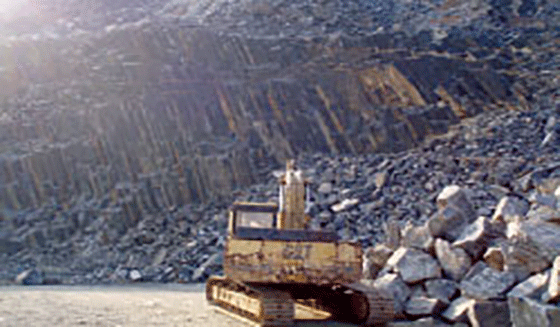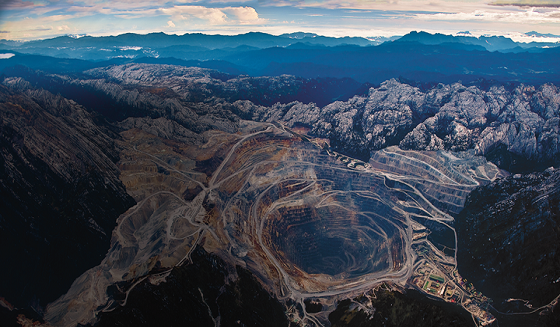Mining is a crucial industry for Manitoba

China zinc smelter cuts fail to tip the supply
November 28, 2015
Mining majors capitulate as metals rout continues
December 1, 2015
What percent of Canada’s minerals are produced in Manitoba? How much mineral potential does the province have?
Learn about this, as well as mining’s contributions to Manitoba in wealth and safety.
Mining in Manitoba had humble beginnings. Settlers of the province needed non-metallic raw materials, and began to extract salt from brine springs and stone locally for building materials.
However, the mining industry has changed dramatically since those days. Communities such as Thompson, Flin Flon, Snow Lake, Lynn Lake, Leaf Rapids, Bissett, and Lac du Bonnet were built on great mining deposits.
Today the mining industry is one of the most important sources of wealth in the province, consisting of 6% of the Gross Provincial Product. $1.3 billion of minerals were produced in 2013, and the workforce is approximately 3,200 people.
In terms of size, mining is the fourth largest primary industry in the province behind agriculture, hydro, and oil production.
Mining provides some of the safest and highest paying jobs in Manitoba. In terms of safety (lost time accidents) mining has dramatically improved over the years. In fact, mining boasted fewer cases of time loss injuries compared to other industry sectors such as agriculture, transportation, construction, manufacturing, and trade.
Salaries are also very high in mining compared to other industrial sectors. For example, the average salary in mining in Manitoba is $90,000, while other sectors took home between $55,000 and $60,000 on average.
In 2014, Manitoba produced 11.8% of Canada’s nickel, 5.5% of Canada’s copper, 2.4% of Canada’s gold, 5.7% of Canada’s silver, and 23.6% of Canada’s zinc.
Yet, only 1.4% of the country’s mineral exploration expenditures are in the province.
Source: www.mining.com


